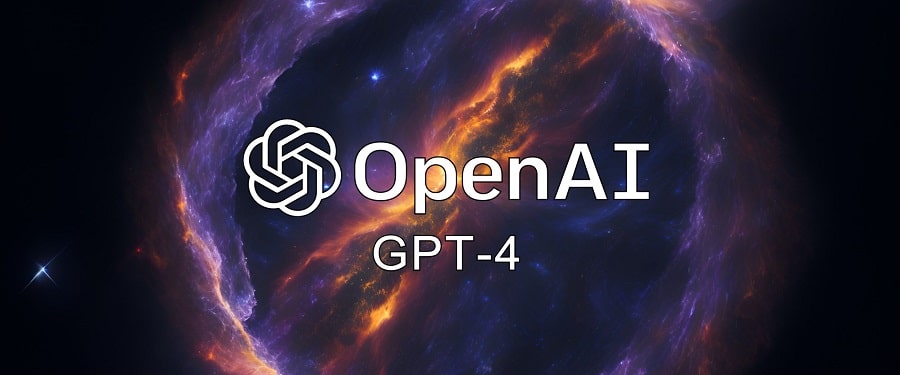The Genesis of GPT-4

In the rapidly advancing field of artificial intelligence, GPT-4 is the latest marvel to make waves. As an evolved successor of its previous versions, GPT-4 presents enhanced capabilities and exciting new features. This article explores the genesis, unique attributes, limitations, and potential applications of GPT-4.
GPT-4, an acronym for Generative Pretrained Transformer 4, is the fourth iteration of the GPT series developed by OpenAI. The progression from GPT-1 to GPT-4 represents the continual evolution of language models that leverage machine learning techniques to understand and generate human-like text.
How GPT-4 Differs From its Predecessors
Several improvements distinguish GPT-4 from its earlier versions:
- Image Understanding: Unlike its predecessors, GPT-4 is capable of understanding and generating descriptions for images, a significant step towards multimodal understanding.
- Improved Coherence: GPT-4 exhibits better coherence during lengthy text generation, reducing the chances of providing confusing or contradictory responses.
- Extended Memory: GPT-4 has an extended “context window”, allowing it to remember more text during a conversation, leading to more coherent and contextually accurate responses.
- Enhanced Multilingualism: While previous versions supported multiple languages, GPT-4 exhibits significant improvements in understanding and generating text in a multitude of languages.
- Behavioral Adaptability: GPT-4 can adapt its behavior based on user preferences, allowing a more personalized interaction.

Limitations and Disadvantages of GPT-4
Despite its impressive advancements, GPT-4 does come with limitations:
- Lack of Understanding: While GPT-4 can mimic understanding, it does not genuinely comprehend the information it processes.
- Dependence on Input: GPT-4’s responses are wholly reliant on its input and training data, which may lead to biases or inaccuracies.
- Risk of Misuse: Like its predecessors, GPT-4 could potentially be misused to generate misleading information or deepfake content.
Conclusion
GPT-4 represents a significant leap in the evolution of language models. Its enhanced capabilities extend the boundaries of AI applications. However, it’s crucial to be aware of its limitations and potential for misuse. As AI technology continues to progress, the potential for transformative applications expands, holding great promise for the future.
